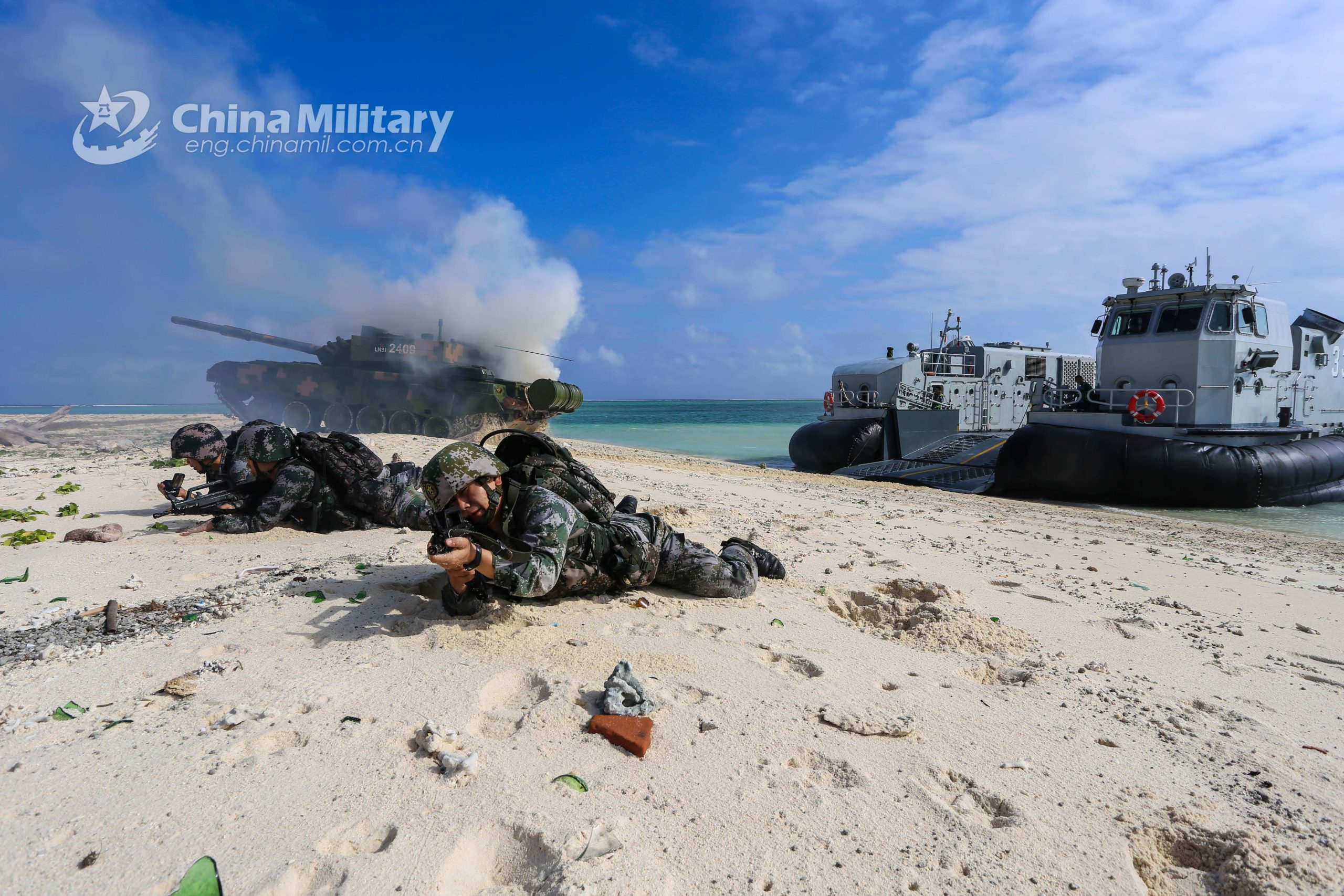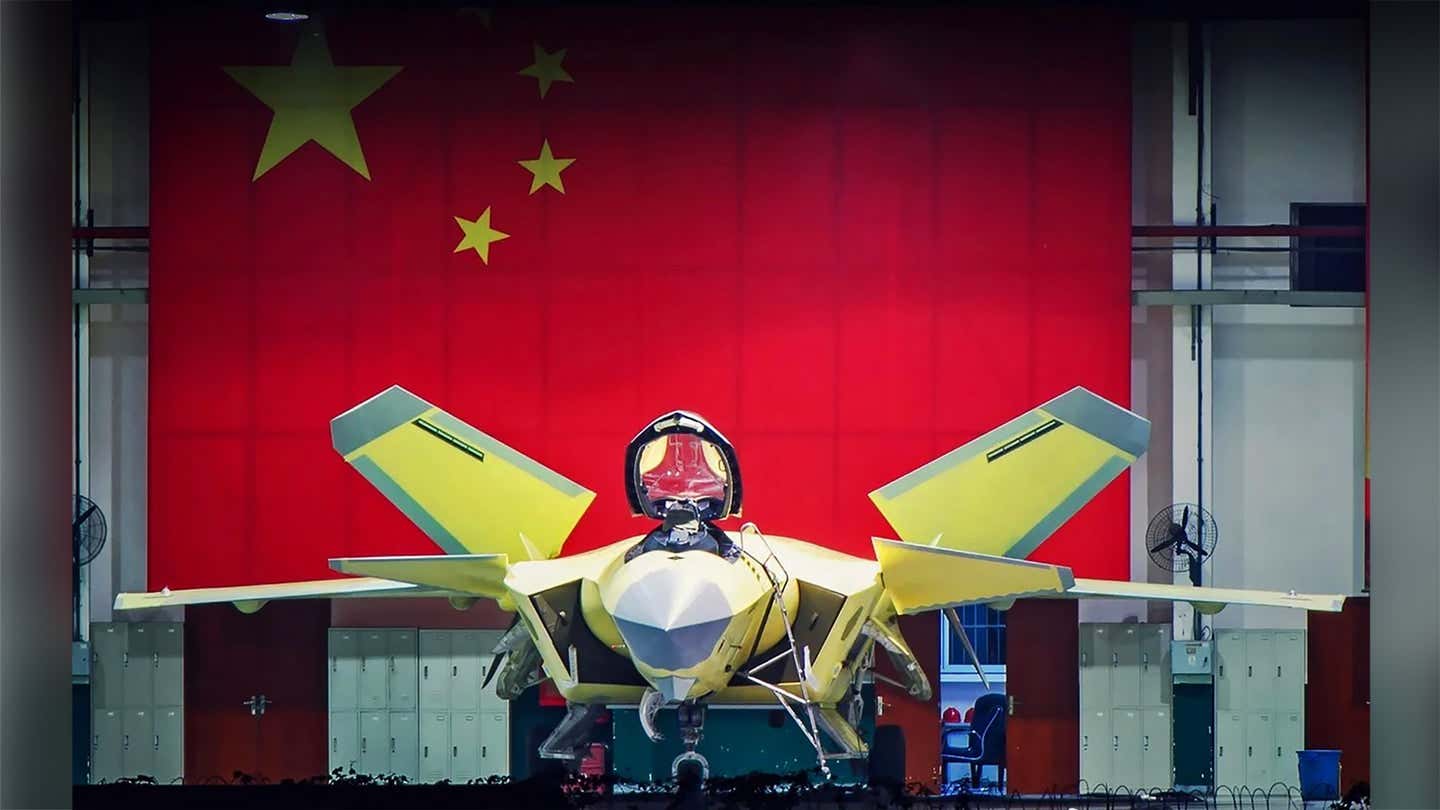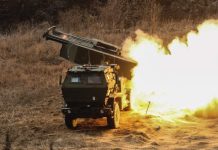China is rapidly modernizing its military to challenge American global superiority. While Beijing’s military-industrial complex is working towards that goal, a new report has identified two major vulnerabilities of the Asian giant.
China’s reliance on high-tech imports and projected workforce shortages in the coming decade are two major drawbacks of the country’s defense industry, according to a new report by an American think tank. The lack of transparency in the massive state-owned conglomerates was also underlined by researchers at the Rand Corporation.
The report, titled “Assessing Systemic Strengths and Vulnerabilities of China’s Defense Industrial Base,” was commissioned by the US Congress and concluded in October 2021.
China’s Dependence On US & Its Allies
China is dependent on the US and its allies for the smooth running of its defense industry. “China’s defense innovation system does not effectively transmit knowledge and information between its constituent components,” the report said.
The extent of China’s techniques for obtaining two resources – education and intellectual property – from other countries reveals the country’s own perception of these sectors as local vulnerabilities.
The report refers to China as the “world’s workshop,” stating that while it has more manufacturing capacity than any other country, it still relies on foreign supplies — both bulk commodities and high-tech components.

China is reliant on the United States and its allies for five minerals used in the defense industry. It depends on Russia, Ukraine, and, to a lesser extent, France for aircraft and naval engines, which accounted for the majority of Chinese arms imports between 2015 and 2020, the report added.
However, integrated circuits are perhaps the most important import category, surpassing gasoline and ore imports in importance to China’s economic engine. The paper compared the technology to “petroleum of the 20th century and the coal of the 19th century”, and stated that the sophisticated IC supply chain is in the hands of the United States and its friends and partners like South Korea, Taiwan, and Japan.
However, South China Morning Post quotes Chinese commentator Song Zhongping as arguing that Beijing’s overwhelming reliance on US-controlled IC chips did not translate to the arena since military applications did not grow as quickly as market-driven commercial electronic products.
“In IC chips and core components and devices, the Chinese have generally realized supply chain independence and domestic production,” Song said. He went on to say that domestic attempts to build high-performance aircraft engines have also gradually come to fruition.

While China claims that it is working to develop an indigenous jet engine, there is concern that its future ambitions may be hampered because of its underpowered engines.
The EurAsian Times had earlier reported that China’s plans to equip its most modern fighter plane, the J-20, with high-tech weapons like lasers or particle beams could be thwarted by its underpowered engines.
The Communist Party’s control over the defense sector is another cause of concern. According to American analysts, the centralized approach aided in the development of whole-of-government initiatives, long-term planning, and military-civil fusion.
However, it carried the risk of investing in the wrong technology, resulting in inadequate intellectual property protection and a lack of transparency. It also resulted in cost, time, and quality control flaws, as well as corruption.
Falling Birth Rates, Shrinking Workforce
The People’s Liberation Army, the world’s largest military, has been impacted by China’s wider fertility and aging challenges in the past few years. The same concern has been raised in the report, which predicts that it will have a significant impact on the defense industry as well.
Falling birth rates and a diminishing workforce will have an impact on China’s economy and defense sector over the next 10 years, with indications that the industry would struggle to attract and retain skilled professionals, the report said.

Song, on the other hand, stated that, while China’s population may decline, the country’s pool of skilled talent in science and technology will still be bigger than that of the United States, and sufficient to keep the defense industry’s talent pool afloat. “That would in fact become a disadvantage for the US,” he said.
To maintain its manpower, China had previously relaxed its physical and even mental fitness requirements “in an effort to attract more young people with higher education backgrounds”. Moreover, professional psychologists have been conducting counseling sessions for soldiers since 2011.
- Contact the author at ashishmichel@gmail.com
- Follow EurAsian Times on Google News




